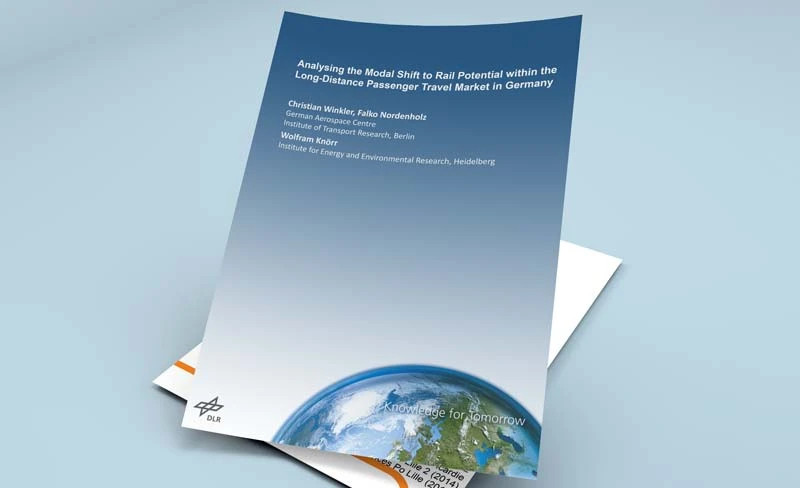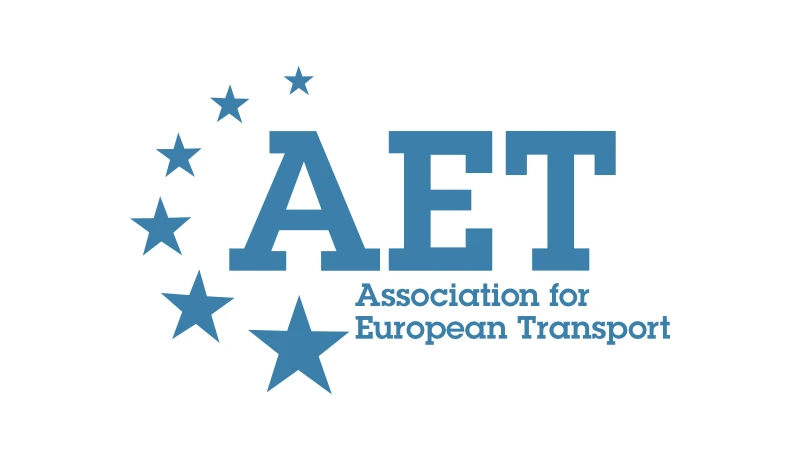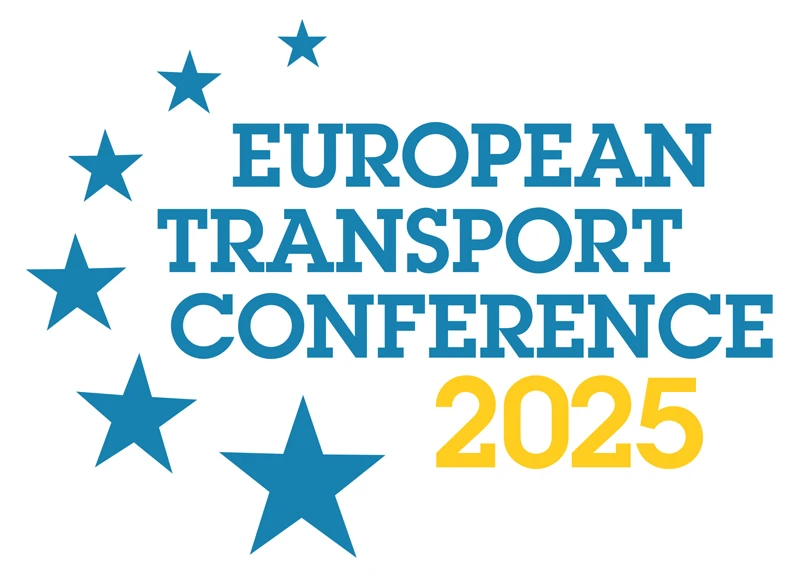-
Past ETC Papers

Browse, search and view papers from the past AET Conferences.
-
Members' Area

AET promotes networking and exchange of ideas, information and opportunities amongst members.
Conference Papers 2024
Antwerp, Belgium
ETC Conference Papers 2024
Accessible Platform-based Mobility for Persons with Reduced Mobility: The Case of Flanders
Seminar
Day 1 (18 Sep 2024), Session 1, MaaS platforms, 11:00 - 12:30
Status
Accepted, awaiting documents
Submitted by / Abstract owner
Ülkü Tanrıverdi
Authors
ulku tanriverdi, university of antwerp, faculty of law (presenter)
Short abstract
This paper maps and evaluates to what extent accessibility challenges of persons with reduced mobility are sufficiently reflected in the regulatory framework in Flanders within the context of platform-based mobility solutions.
Abstract
The wave of digitalization in the mobility and transport sector and the combination of technological and business model innovations enabled the emergence of the so-called “smart” platform-based mobility solutions. These solutions allow users access to shared vehicles (e.g., e-scooters, cars, bikes, steps) and mobility services (ride-hailing offered by Transport Network Companies such as UBER and Lyft, and car-pooling) by using the Internet, smartphones, and apps via a digital platform (Crozet, 2020).
The policy and academic discourse on platform-based mobility solutions is centered around their potential to bring about environmental sustainability in urban mobility. The social sustainability of these solutions is, however, less prevailing. More specifically, the accessibility of platform-based mobility solutions for various vulnerable groups in society, especially persons with disabilities and the elderly (hereinafter I refer to these individuals in a more generic manner, namely ‘persons with reduced mobility’) is problematic. More importantly, there is a gap in the regulatory framework regarding the accessibility of platform-based mobility solutions compared to the European passenger rights scheme for traditional modes of transport. Indeed, European legislation provides passengers with reduced mobility with certain rights, such as the right to transport, information, assistance free of charge, and compensation, to ensure that these persons have equal access to air transport (Regulation (EC) No 1107/2006), rail transport (Regulation (EC) No 1371/2007), bus and coach transport (Regulation (EU) No 181/2011) and maritime and inland waterway transport (Regulation (EU) No 1177/2010).
In the absence of a regulatory framework taking into account the accessibility of these services, the task of ensuring the access of persons with reduced mobility is left to the voluntary efforts of private service providers.
In this context, platform-based mobility providers are profit-oriented private companies, and therefore, they may not immediately be concerned with societal interests, such as accessibility and inclusivity. Moreover, the reconciliation of societal interests with commercial interests may be difficult in some cases (Docherty et al., 2018), particularly when the provision of accessible services creates additional costs with little to no financial return. Therefore, there is a grave risk of further exclusion of these vulnerable groups from mobility in the absence of adequate regulatory frameworks.
Platform-based mobility solutions pose specific accessibility challenges for persons with reduced mobility. Micromobility vehicles are often designed for average users who are physically able to ride them. This creates a substantial accessibility barrier for persons with reduced mobility. Similarly, persons with reduced mobility face barriers in accessing car-sharing services if their needs are disregarded in the design of car fleets. Further, ride-hailing poses different accessibility barriers for persons with reduced mobility. In addition to the need for accessible vehicles, e.g., wheelchair-accessible vehicles, a lack of familiarity and uncomfortable communication with drivers and drivers’ lack of tolerance concerning disabilities or assistance animals are identified as problematic (LaRosa and Bucalo, 2020). On top of this, digital platforms or apps can create accessibility barriers, leading to digital exclusion, especially for the visually impaired, digitally illiterate, and those with cognitive impairments (Ranchordás, 2020). Thus, platforms/apps used for booking and payment should be designed in an accessible form for a wide variety of users (Johnston et al., 2020).
Our study focuses on the accessibility issues faced by persons with reduced mobility in Flanders when using platform-based mobility services from a regulatory perspective. Specifically, our goal is to assess the extent to which the Flemish regulatory framework addresses the accessibility needs of these persons. We achieve this by examining the Flemish regulatory framework outlined in legislation, public contracts, and municipal regulations related to shared micromobility, car-sharing, and ride-hailing services. We engaged with 300 Flemish municipalities to gather these documents and received responses from 282, providing us with a robust dataset for analysis. Further, we evaluate our findings through the lens of fundamental rights. This process allows us to identify shortcomings, areas for improvement, and exemplary practices within Flanders' regulatory context from a human rights perspective. Ultimately, we formulate recommendations and proposals to address these identified gaps. These solutions are designed to offer a broader context and contribute to improving accessibility for persons with reduced mobility not only in Flanders but potentially beyond.
Programme committee
Intelligent Mobility - Management and Operation
Topic
Regulatory issues
Documents:
No documents yet.
Association For
European Transport
Forester House
Doctors Lane
Henley-in-Arden
Warwickshire, UK
B95 5AW
+44 (0) 15 64 793552
VAT number: 710 1866 64
Conference Supporters & Endorsers




Legal Entity
The Association for European Transport is registered as an Association ('vereniging') with the Chamber of Commerce for Haaglanden in The Netherlands under company number 27170096.
Built on Zenario




